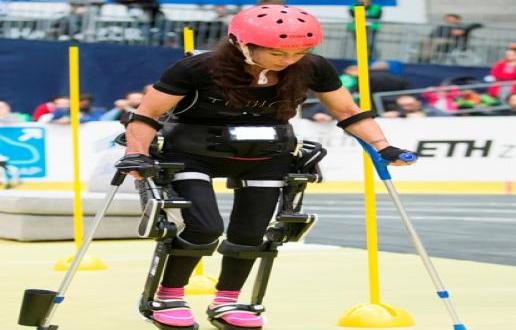
New Delhi [India]: People suffering with paraplegia (incomplete paralysis affecting the legs and possibly also the trunk) would now be able to stand, walk and even climb stairs as researchers at EPFL, Switzerland have developed an exoskeleton called TWIICE.
Semi-paralysis, exoskeleton, twiice